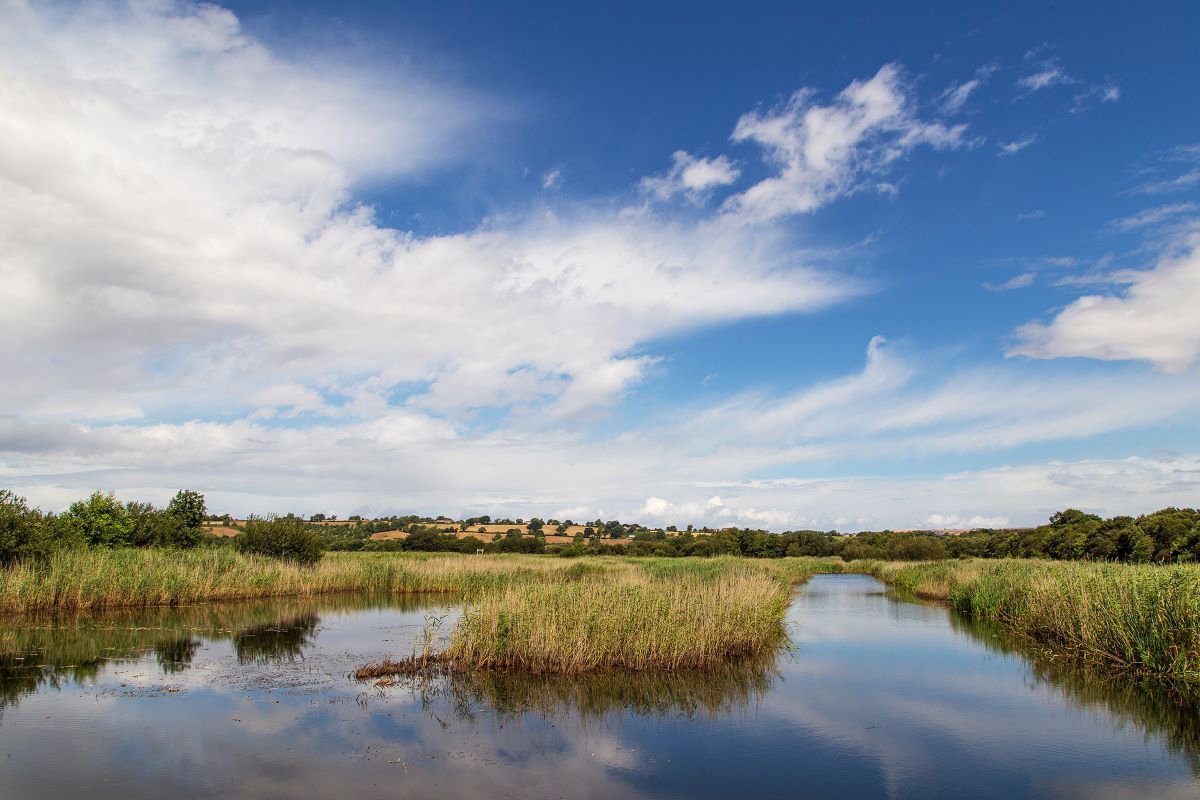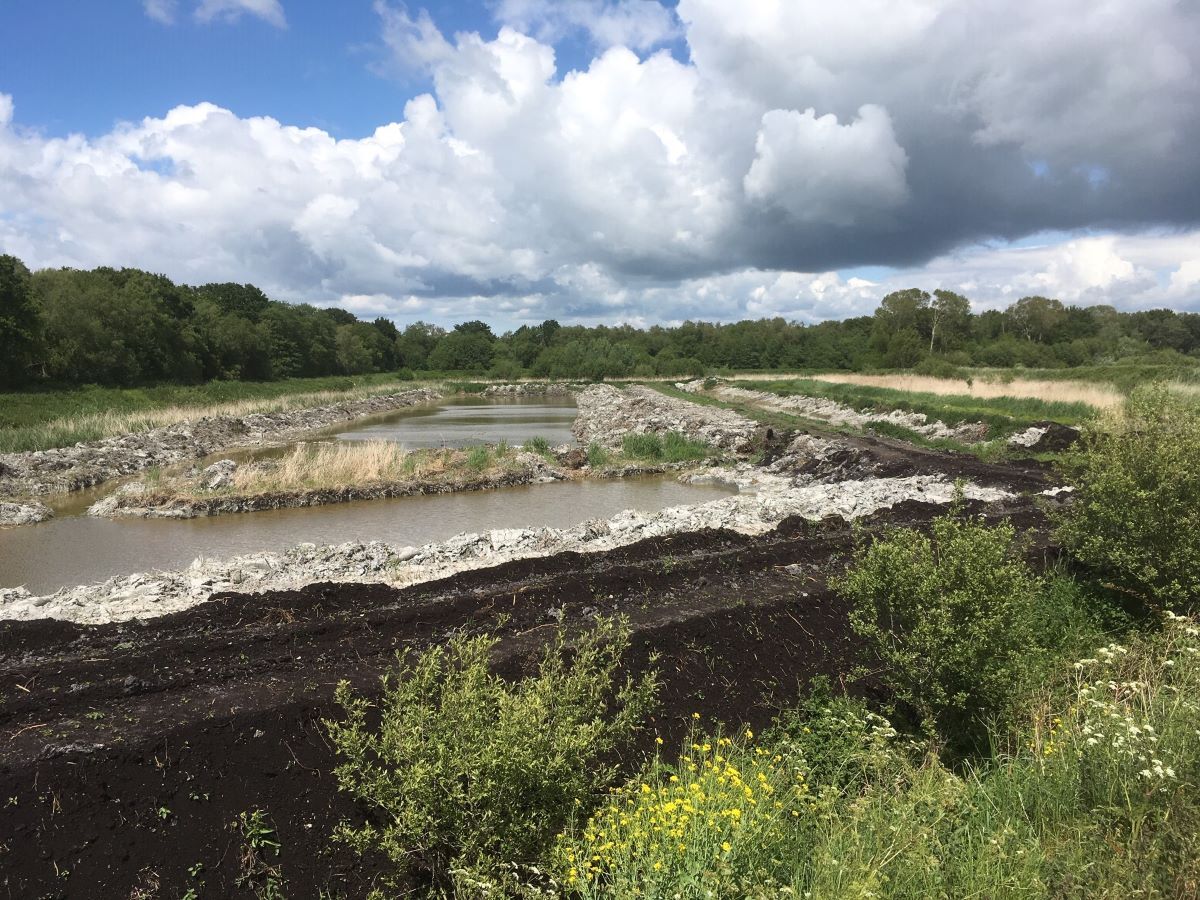
News that the government is contemplating a partial ban on the use of peat in horticulture is welcome but needs to be put in context. A government that is serious about tackling climate change would have to take some really tough decisions. To reduce emissions from air travel for example it would have to face down fierce opposition from members of the public as well as powerful vested interests. It is worrying therefore that it has taken so long to make progress on a relatively easy step forward where the opposition is far less formidable.
It was 2010 when the Department for Environment, Food and Rural Affairs (Defra) first consulted on a set of proposals for reducing the horticultural use of peat in England. To say the proposals were modest would be an understatement. They envisaged that compost used by amateur gardeners would become peat-free by 2020 and that for professional growers by 2030. A slow response to an emergency but it was at least a step.
For over a decade very little happened. The 2020 target for garden centres to remove peat-based compost was ignored and only two leading retailers produced any plans to phase out sales at a future date. The half-hearted strategy of relying on voluntary action by the industry comprehensively failed.
Commitment to phase out peat
Now according to the headlines the government is committed to phase out peat by 2024, although the actual proposal set out in the England Peat Action Plan is much more equivocal.
“We will consult on banning the sale of peat and peat-containing products in the amateur sector by the end of this parliament.”
Options under consideration would include:
“●Setting absolute deadlines to ban the sale of peat in both the amateur and professional sectors.
●Introducing a point-of-sale charge for the purchase of growing media containing peat. This could use the plastic bag charge as a model.
● Mandating all sellers of horticultural products containing peat, including plants, to publicly report on the volume of peat they sell each year (in bags or plant pots).”
Campaigners need to be vigilant if they are to prevent even a limited ban slipping beyond 2024 or indeed being watered down.
The importance of peat bogs
While less significant than the need to decarbonise transport, ending the use of peat matters. Peat bogs are one of the most important stores of carbon in the UK and worldwide. A hectare of peat between 30cm and 50cm deep stores as much carbon as a hectare of tropical rain forest and more carbon is locked up in peat worldwide than in all the vegetation on the planet. It is in theory renewable but only very slowly – the average peat bog grows less than a millimetre per year.
Yet we continue to use 3 billion litres in our gardens every year when there are viable alternatives!
The story in Somerset
Somerset is one of the last areas of England where peat is still extracted, having the second largest area of lowland bog in the country. Although no new licences for peat-digging are being granted, a small number of firms retain the right to produce peat products, largely for horticulture. The industry is mainly located in the Brue valley to the north west of Glastonbury where small mountains of drying peat can still be seen alongside strangely scarred landscapes.

Commercial peat-digging destroys rare and valuable plant and animal communities and leaves the land in a degraded state. By stripping away the living surface vegetation to get at the stored peat beneath, it removes the means of regeneration. Restoring the natural ecosystem is complex and time consuming and for most practical purposes impossible.
The picture in Somerset is confused by a major environmental success story. Conservation bodies working on the Somerset Levels have taken over many of the sites of former peat workings and created a huge new wetland habitat. The Avalon Marshes Project has seen the creation of new reed beds and areas of open water that have become highly attractive to wildlife. The marshes are now a stronghold for the nationally scarce bittern for example, and host exciting new arrivals like the Great White Egret.
The fact that derelict peat workings can be rescued and turned into valuable wildlife habitat does not mean however that continued digging is fine. The original lowland heath with its distinctive ecosystem cannot be replaced and biodiversity is lost. Moreover, the carbon store built up over hundreds and in some cases thousands of years is destroyed contributing to the climate emergency.
The work of Somerset Wildlife Trust
Somerset Wildlife Trust (SWT) are proud of the reserves they have created such as the one at Westhay Moor. It is part of the Avalon Marshes where the largest remaining fragment of mire in the south west of England can be found. Georgia Stokes, CEO of the trust is clear however that “the best option for nature and the environment is to keep peat in the ground, and to keep it wet.” She adds,
“Defra’s announcement of a consultation into the banning of peat compost sales is a welcome step but must happen quickly and be part of a wide range of measures. Our peatlands are precious wildlife habitats and important carbon sinks and must be protected and restored.”
Other conservation measures
There are other steps that need to be taken to conserve our diminishing peatlands. Steve Mewes, co-ordinator of the Somerset Local Nature Partnership welcomes the proposals to ban sales of peat compost but also asks for “support for Somerset peat extractors to transition to sustainable business models and for farmers to be able to run regenerative farming businesses without draining, ploughing and planting maize on our levels and moors.” We also need to reverse the drainage of upland bogs and the practice of burning heather on moorland.
Despite the spin the proposed consultation is another half-hearted step that only tackles part of the problem. A firm decision to ban the use and further extraction of peat is needed to indicate to the COP26 summit that the government is serious about climate change. After all, if we can’t clean up compost what chance do we stand on the bigger issues?




